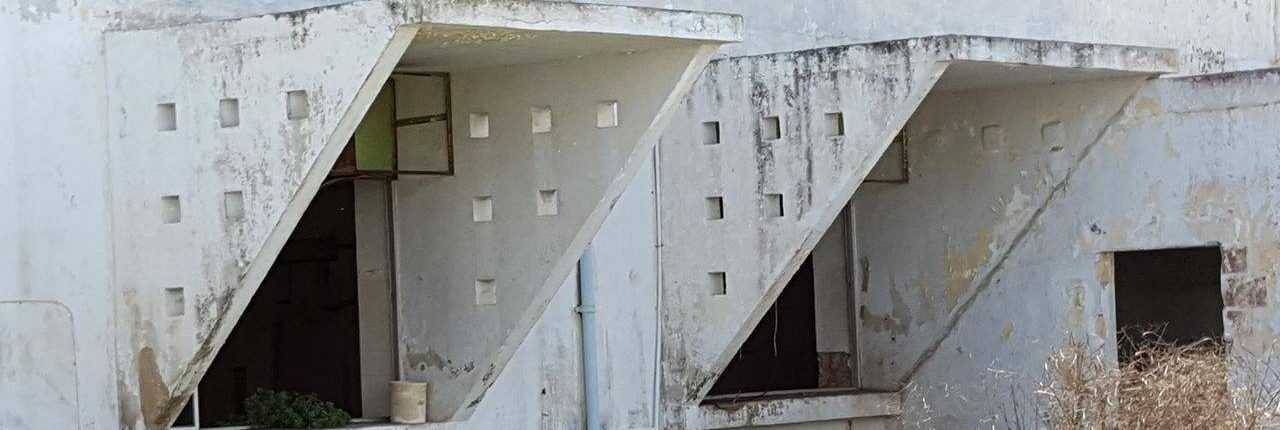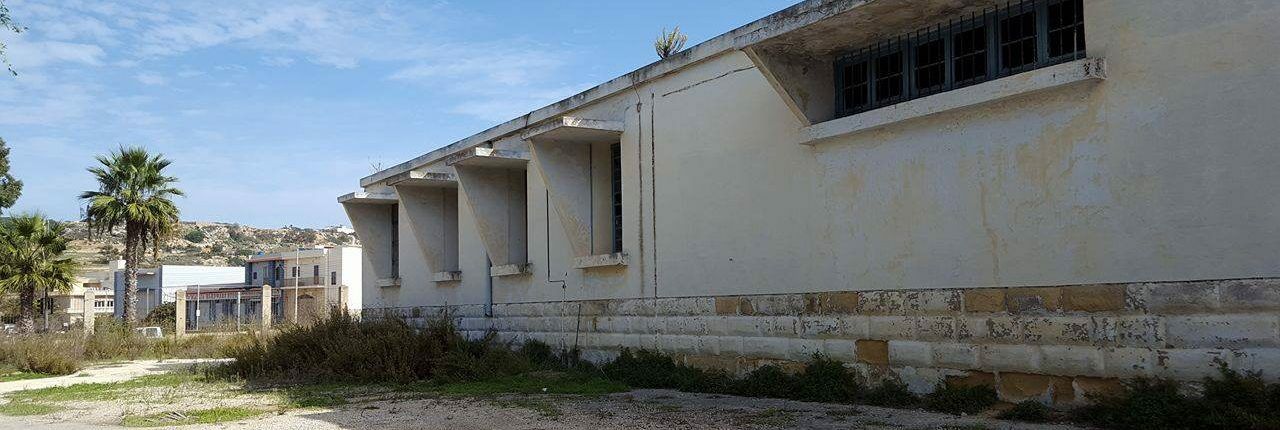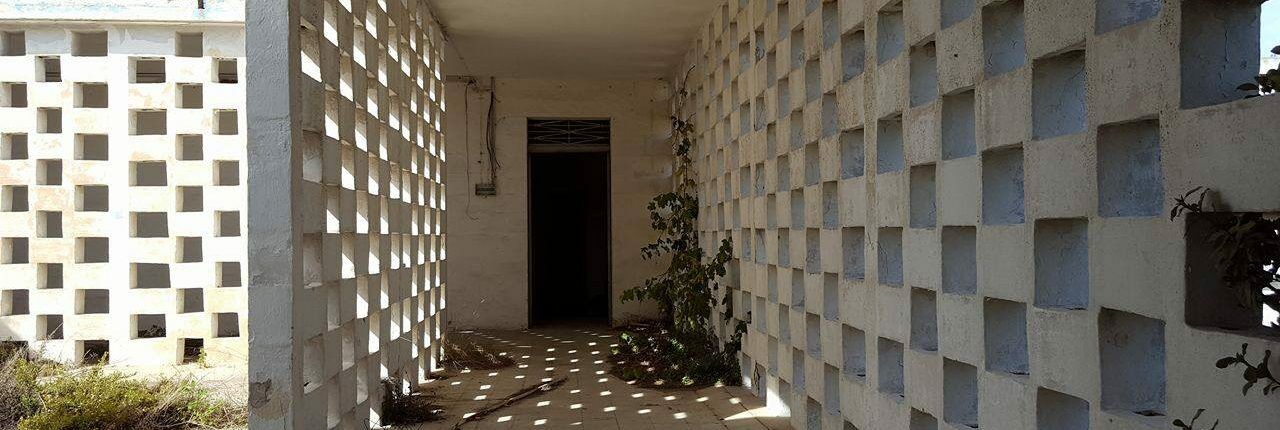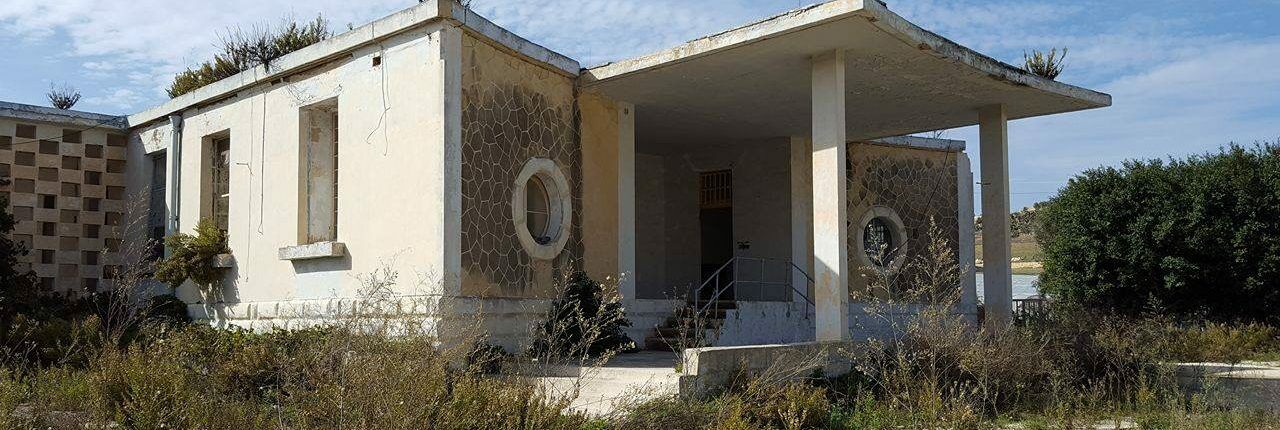PR 11/16 | AGM 2016
During the Annual General Meeting of the Kamra tal-Periti held on the 15th December 2016, outgoing President Perit Christopher Mintoff thanked all the Council Members for their contribution during what have been a challenging couple of years for the profession, particularly in view of the introduction of a significant number of new planning policies and regulations. The Kamra and the profession, he stressed, are as strong as the members, and urged all to participate in the work undertaken by the Kamra, and to contribute their expertise whenever possible, thus ensuring an active and participative profession.
The General Meeting elected the new Council for 2017, as follows: Perit Alex Torpiano as President; Perit Simone Vella Lenicker as Vice President; Perit Amber Wismayer as Honorary Secretary; Perit Christopher Mintoff as Past President; and Periti Jeanette Abela, Anthony Bezzina, Sandro Cini, David Felice, Alberto Miceli Farrugia, Lara Mifsud, Andre Pizzuto and Marc Spiteri as Council Members.
The incoming President Perit Alex Torpiano stated that the main priorities for 2017 will be the updated suite of legislation governing the profession, and its implementation, as well as ensuring a clear distinction between the various roles undertaken by the various actors and service providers in the building industry.




